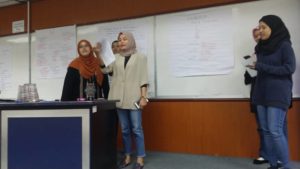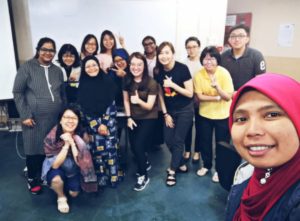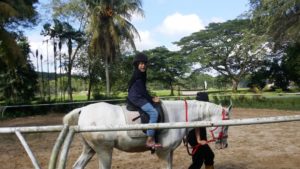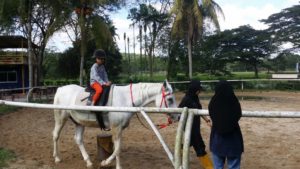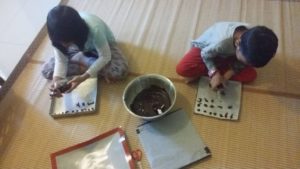I took a break on 24 and 26 December so I had a quite long break. So, today on my way to work using the highway, I was surprised when I cannot use my Touch n Go card which I recently topped up. I had to buy a new card. With a little bit hassle to make a complaint to the PLUS office, I asked why my card was blacklisted. Since the person-in-charge cannot do anything about it because it relates to Touch n Go, not PLUS, I just topped up the new card with RM50. The old one has more than RM150 worth of credit. I googled Touch n Go office which is in Wisma Nufri at Jln Yahya Al Datar. I am not sure how to go there since there are lots of one-way street and I have to detour a bit to get there.
Here, I have three options.
Option 1: Just let the matter rest without doing anything. I know that I would waste that RM150 worth of credit.
Option 2: Make a report by calling the centre. I am not sure how they will solve this problem.
Option 3: I will go to the JB centre myself after the examination.
Which is the best option?
I have been thinking about this for few hours since this little incident. I notice that after I topped up my card on 9 December 2019, the credit is not accurate. At first, I was thinking perhaps, I got a bonus or something so, I got extra credit more than what I had topped up. So, I don’t do anything about it. When this happened to me this morning, I realise that I am not being honest by not doing anything. This thing happened as a way of Allah showing His Mercy upon me. SubhanAllah.
I think I will choose option 1. After all, I can always use the new card that I had topped up. The extra credit of the old card? After a quick calculation, I realise that it is not mine to claim on a first place even.
Prophet Muhammad warned us of the dangers of dishonesty, and the benefits of living in an honest way. He said:
“Truthfulness leads to righteousness, and righteousness leads to Paradise. In addition, a man keeps on telling the truth until he becomes a truthful person. Falsehood leads to wickedness and evil-doing, and wickedness leads to the (Hell) Fire, and a man may keep on telling lies till he is written before God, as a liar”. (Saheeh Al-Bukhari)
It is really tempting to claim the extra credit (which I don’t know the source) in my Touch n Go card, though the extra credit is not what I had paid when I topped up the credit. But, I realise that it is challenging to stay honest and be truthful especially in this case. Alhamdulillah and SubhanAllah for the chance given by Allah for me to look at this incident from different perspective.

